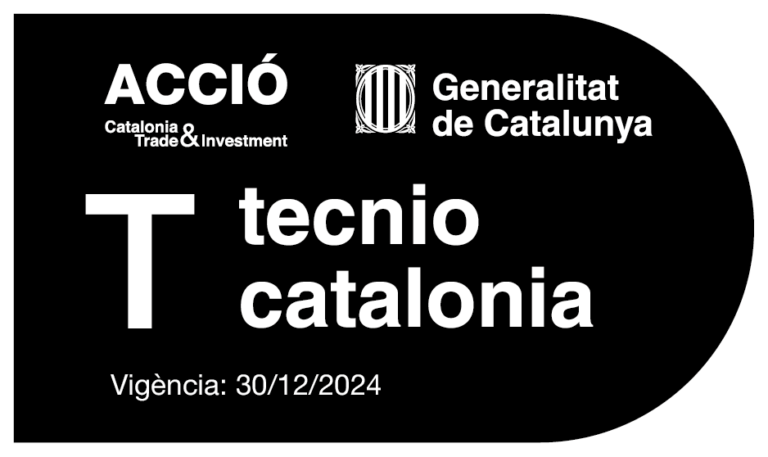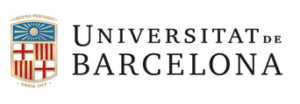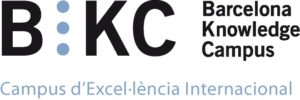Some of the most remarked activities that Thermal Spray Center offers are:
Research projects management, development and innovation with enterprises as well as national and International public founded researches.
Industrial innovation projects, research and development programs on surface engineering field.
Technology assessment and transference; patents development.
From 1994, Thermal Spray Center has experience on materials technology and coatings such as:
Nanostructured Coatings
Wear, Erosion, Corrosion, Hard Chromium substitution
Thermal barrier Coatings
Sensors & catalyst
Polymeric Coatings: paint substitution
Self-lubricated Coatings: liquid lubricants substitution
Biocompatible Coatings
Antifouling Coatings
Gradual, functionalized and multilayered Coatings
Near Net-shaping
Solid Oxide Fuel Cells (SOFC)
Furthermore, CPT has advanced equipments on materials characterization, as well on structure and properties coatings which give to our center the capability of carrying out research contracts, both for multi-client consortia and individuals.Thus CPT has available the necessary scientific and technical equipment for developing the tasks proposed inside research projects:
Thermal spray equipments: Air Plasma Spraying (Plasmatechnik A‐3000 (F4)), HVOF Spraying (Plasmatechnik CDS‐100 (propylene), Sulzer‐Metco Diamod Jet (DJH‐2600 (hydrogene), DJH‐2700 (propylene), DJS (propylene))
Cold Spraying Equipments: KINETICS 4000 (CGT, Germany) and PCS100 (Plasma Giken, Japon). CPT also has the on‐line monitoring system (Oseir Spray‐Watch) and 3 Robot ABB (IRB1500 and 2400).
Tribological characterization: CPT has a complete sort of equipments to evaluate the tribology behavior of materials (abrasion, friction erosion…): Rubber‐Wheel test (ASTM G65‐91), Ball‐on‐Disk test (ASTM G99‐90); erosion wear by corundum jet; water jet erosion (of special relevance for wind turbine blade coating materials). Also it has the following tribological characterization facilities: white light interferometer SWLI (Zygo New View 100); Rugosimeter.
Mechanical characterization:Adhesion Test; Tensile and Compression Testing 10Tn (ASTM C633); 4-point bending; Hardness and microhardness Test; Vickers/Rockwell/Brinell Hardness; Vickers/Knoop Microhardness; Berkovich Nanoindentation.
Corrosion characterization: Electrochemical Testing; Potentiostat/Galvanostat (EG&G Princeton Research model 263A); Salt Spray (Fog) Testing (ASTM‐ G5); Fog chamber (ASTM B‐117).
Structural Characterization: Optical Microscopy; Scanning Electron Microscopyn (JEOL JSM‐5310); Phenom Microscope; Transmission Electron Microscopy.
Microstructural Characterization and Image Analysis: Electron Dispersive Spectroscopy; Brucker X Flash Detector 5010; X-Ray Diffraction SIEMENS D500; Matrox Inspector.
Thermal Properties: Differential Scanning Calorimetry; DSC Metler Toledo TC15 TA and Differential Thermal Analysis and Thermogravimetry (TA Instruments SDT 2960).
Specific equipment for powder production and characterization: Particle size distribution; Laser Scattering Diffractometry FC500‐MPL (Beckman Coulter); Surface analysis; SAGE‐SPECS and PHI ESCA‐5500; Fourier Transform Infrared Spectroscopy FTIR (React IR 1000 ASI Applied Systems).
Powder production: Planetary ball milling and Cryomilling.







